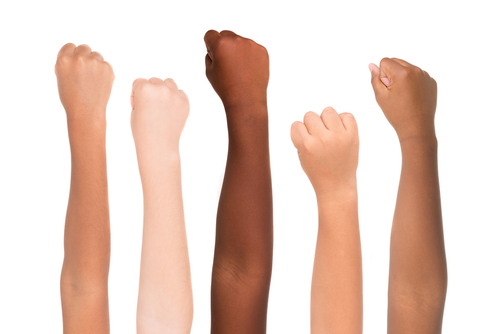Albinism includes a group of inherited disorders that are characterized by little or no production of the pigment melanin. The type and amount of melanin your body produces determines the color of your skin, hair and eyes. Most people with albinism are sensitive to sun exposure and are at increased risk of developing skin cancer.
Although there’s no cure for albinism, people with the disorder can take steps to protect their skin and maximize their vision. Some people with albinism may feel socially isolated or experience discrimination.
Albinism is caused by a mutation in one of several genes. Each of these genes provides instructions for making one of several proteins involved in the production of melanin. Melanin is produced by cells called melanocytes, which are found in your skin and eyes. A mutation may result in no melanin at all or a significant decline in the amount of melanin.
In some types of albinism, a person must inherit two copies of a mutated gene — one from each parent — in order to have albinism (recessive inheritance).


